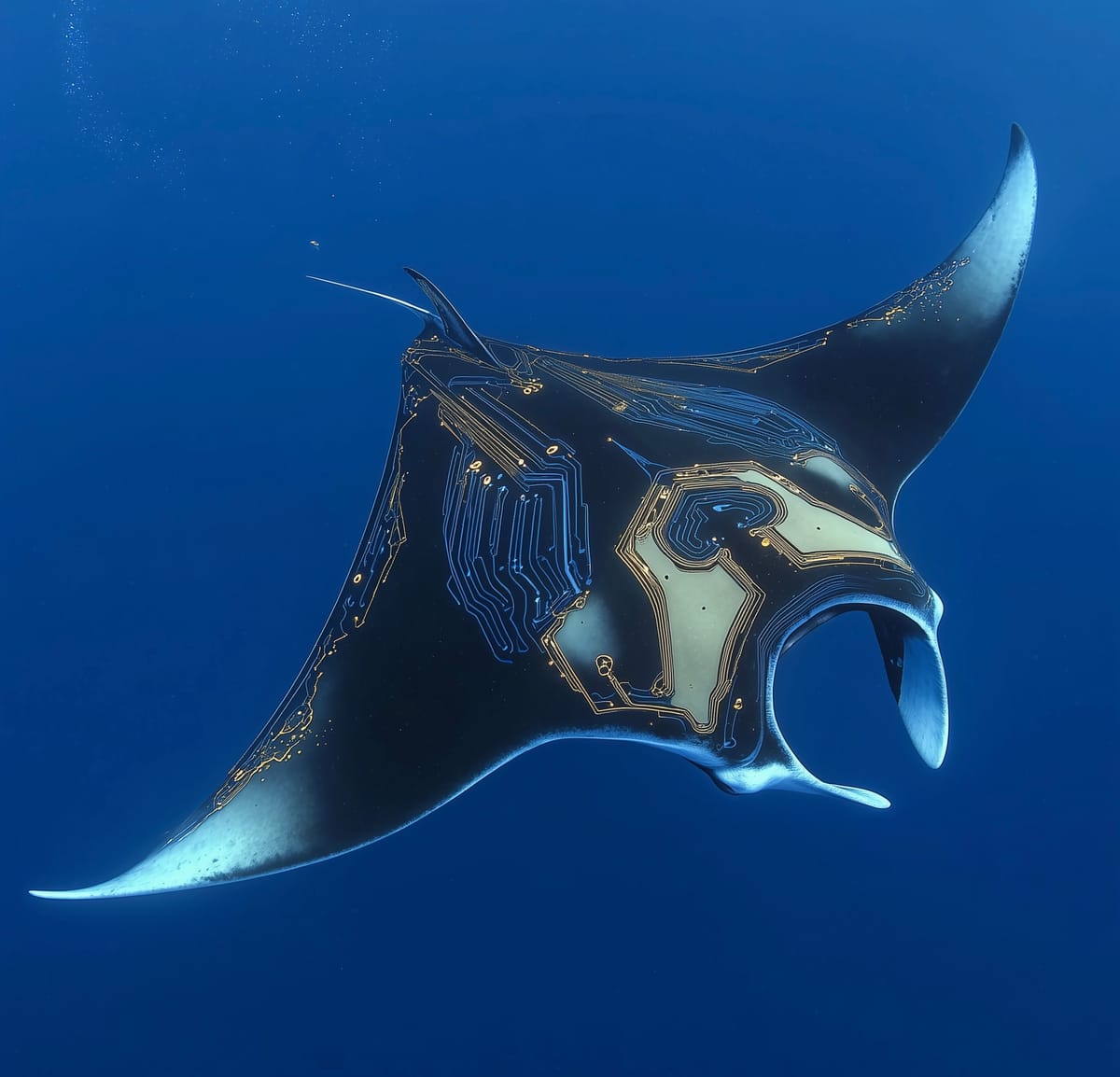
A Conversation Between Fear and Possibility
What AI means for creativity, identity, and the future of human expression
In the early 19th century, the loom transformed fabric. The Jacquard loom encoded human skill into punched cards, automating what had once been the work of weavers — artists of thread. It displaced the hand. It challenged pride, skill, and labor. And yet, from that mechanization, a new economy emerged. New forms. New possibilities.
Today, a new kind of loom has arrived.
It doesn’t weave silk — it weaves language, code, image, sound. It replicates voice. It mimics thought. This time, it’s not the hand that’s being displaced.
It’s the idea.
The Fear: When Creation Is Consumed
AI, especially generative AI, does not simply assist human creativity — it learns from it. It absorbs books, art, code, and sound — and gives back something eerily familiar. It trains on our intellectual residue and remixes it into outputs that are often indistinguishable from our own.
And yet, the original voices vanish.
There are no credits. No royalties. No consent. The artist becomes invisible — a ghost in the dataset.
If AI can replicate creativity without attribution or compensation, we risk entering a world where humans are no longer the originators, but merely the fuel.
The machine isn’t just producing. It’s replacing.
And worse — it’s training on us to do so.
The Counter: When Creation Is Expanded
But this isn’t the whole story.
Throughout history, every transformative tool — from the printing press to the photograph, the synthesizer to the internet — has sparked fears of creative loss. Yet over time, these tools expanded the reach of human expression. They didn’t end creativity — they evolved it.
AI, too, may be such a tool.
For many, it lowers the barrier to entry. It allows new voices, previously excluded by gatekeeping or lack of resources, to participate. It can be a collaborator — a mirror that helps writers iterate, designers explore, musicians experiment.
Yes, it borrows from the past. But it also invites the future.
AI might not end originality — it may provoke it.
The Existential Risk: Meaning Loss
Still, there’s something deeper at stake.
If the machine becomes good enough — fast enough — and everywhere enough, what happens to the meaning of creation?
Why write a song if a model can generate one instantly in your style?
Why spend years perfecting your craft if the crowd can’t tell the difference between your art and an algorithm’s?
The fear is not just economic displacement. It’s existential displacement. A crisis not of income, but of purpose.
If the human is no longer needed in the act of meaning-making — what’s left to be human for?
The Rebuttal: Meaning Is Human, Not Machine
But AI doesn’t understand. It doesn’t feel. It doesn’t want.
It can generate, but it cannot care.
Meaning does not come from the object — it comes from the audience. From context, from story, from connection.
A human painting matters because we know the painter. A live performance matters because we know someone risked failure. Authenticity still matters. And in a world awash in synthetic content, human expression may become even more valuable — not less.
The machine may generate content. But we still decide what to pay attention to.
Mirror or Loop?
There is a deeper tension: AI is trained on what we’ve made, and increasingly on what itself has made. This risks a kind of creative recursion — a loop of style without substance.
If AI learns from itself, and we learn from AI, what happens to originality? To risk? To rupture?
This is a danger we must not ignore: the flattening of culture into average output.
And yet, it’s also an opportunity.
What the machine cannot do — not yet — is initiate rupture. It can’t invent a genre. It can’t break the loop. That’s still our role.
What We Must Build
Whether you believe AI is a threat or a tool, there are principles we must all fight for:
- Consent — No creator should be used without permission.
- Compensation — If AI benefits from human culture, it must pay it back.
- Transparency — Every output should carry provenance.
- Human Space — We must preserve domains where human creation is the goal, not just the input.
A Fork in the Thread
So where does this go?
One future is erasure. We become data to be mined — silent, invisible, necessary but unrecognized.
Another is reinvention. We define what makes us human beyond what machines can replicate — story, contradiction, presence, care.
AI is not destiny. It is an inflection point.
And the question is not whether machines can create.
It’s whether we will build a world where human creativity still matters — not in competition with the machine, but in conversation with it.
Let us grieve the risks.
Let us protect what must be protected.
But also — let us imagine what we’ve never seen before.